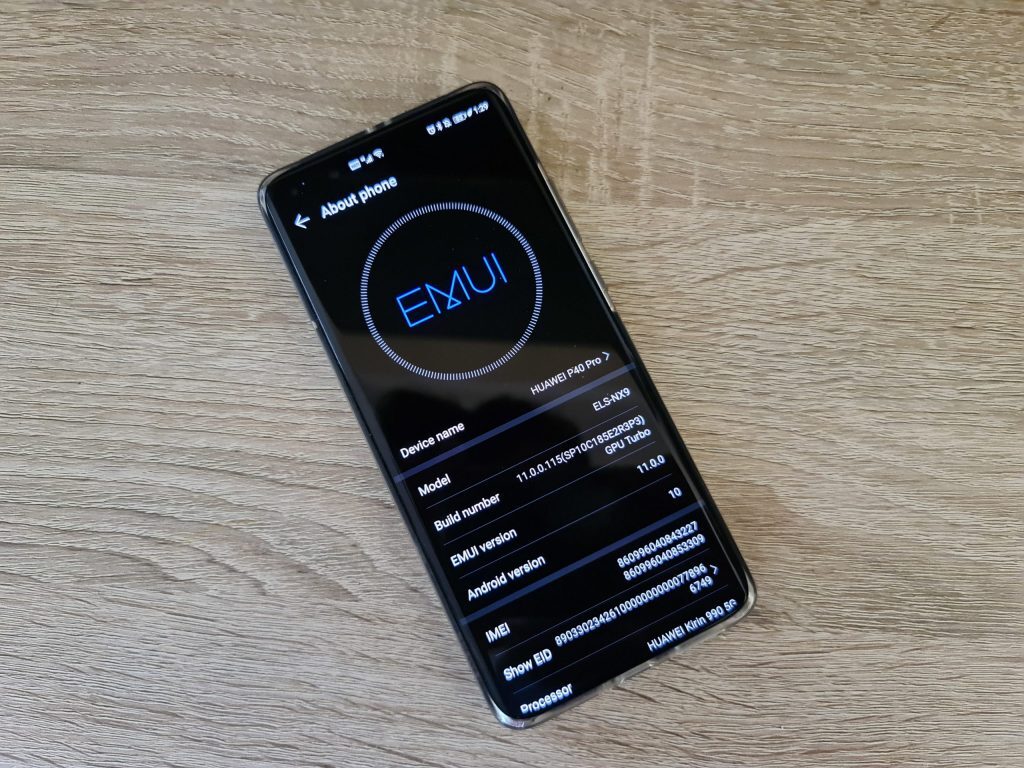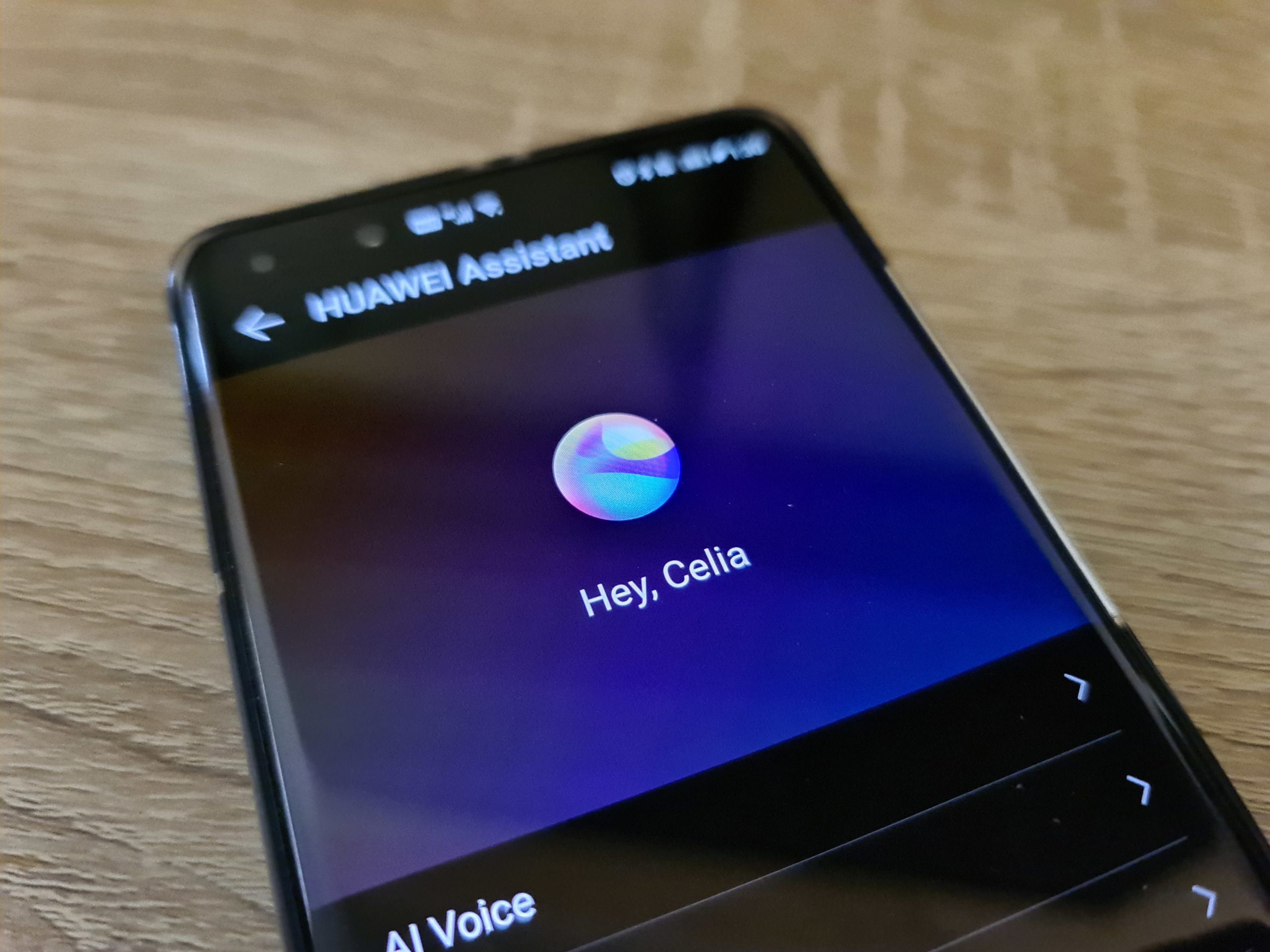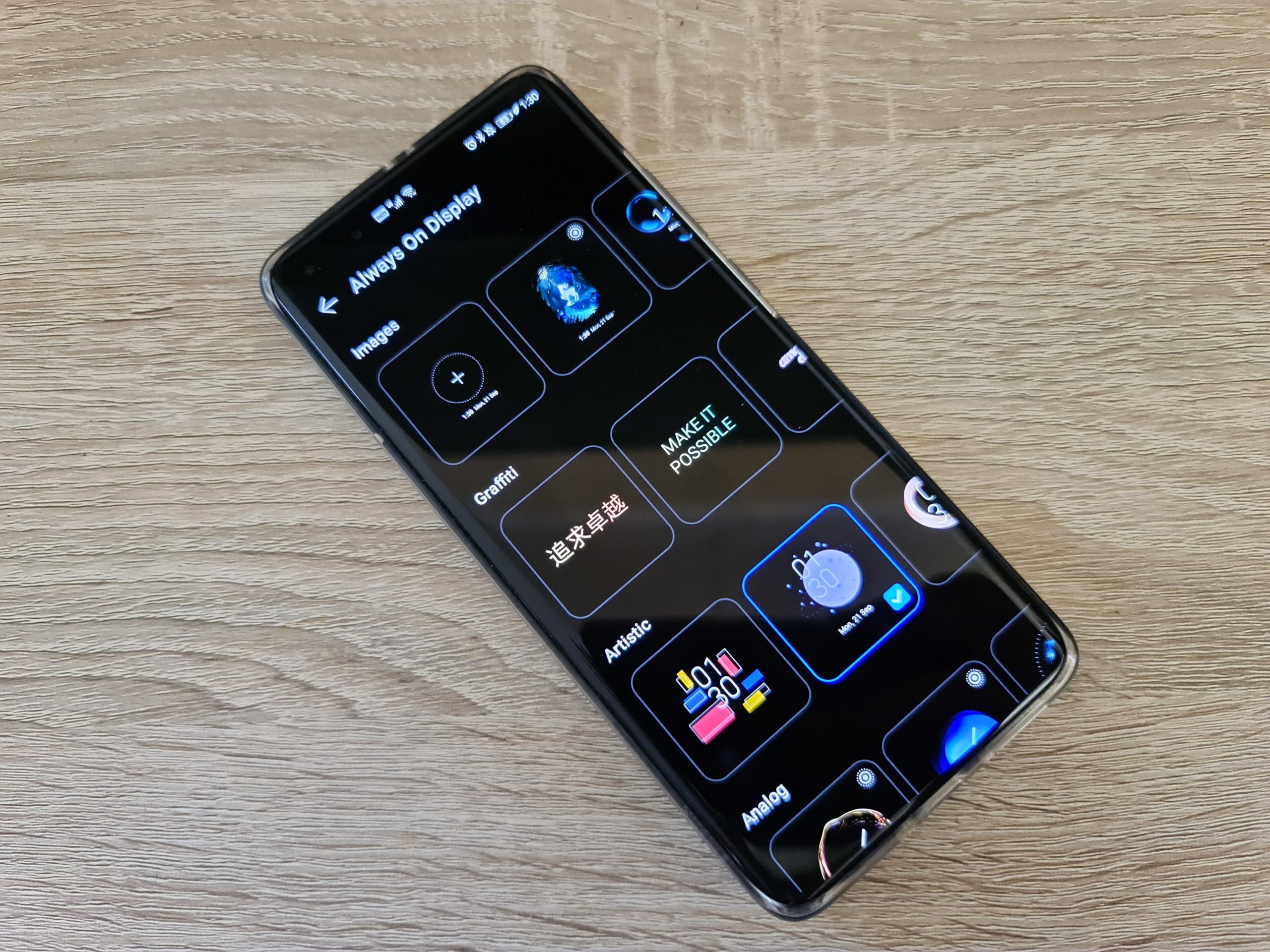Huawei's EMUI 11 beta feels like a flat improvement to the older operating system. With both major and minor tweaks to apps and performance, it feels like Huawei is continuing its mission to show the world that a Google-based operating system isn't a requirement for an Android phone. Having said that, it's still an upward battle as while EMUI has been improved in every facet, it's still not a comfortable system for folks used to Google to sink into. This could have been an excellent opportunity for Huawei to go all in on onboarding users not in the know yet EMUI feels like it was designed to cater to users already in on Huawei's ecosystem, a market that the company shouldn't really be focusing on when so many people still need to be convinced by their devices.
-
Performance
-
App improvements
-
Customistation
Reviewing an operating system can be a really weird time, especially if you’re talking about a modern Huawei device. Yet while reviewing an OS can seem like a strange avenue of tech for folks that don’t really delve into the nitty-gritty aspects of the software on their devices, it becomes essential the more technology becomes interwoven with our lives. If anything, it’s actually rather exciting to review Huawei’s EMUI 11 beta because it feels like something… different. It’s a Google-less version of Android, meaning that Huawei has had to implement a range of features and work-arounds you’re not likely to see on a Samsung or an iPhone (although iOS is a different race altogether).
We all know that Google is no longer permitted to work with Huawei, meaning serious concessions and adjustments had to be made to the systems of all Huawei phones after the limitations put in place by the so-called “Trumpian Trade War”. What this means is that EMUI 11 has a lot riding on it as it tries to take a system holding on to the remnants of Google’s infrastructure and craft an entirely new beast. The result is one that does exactly what you want it to, adding mostly cosmetic features as well as a few new additions that make it feel like a Huawei original.
All about aesthetics, man
EMUI 11 goes all in on cosmetic and aesthetic variety, with one of the key points of the operating system being that it’s designed to offer users a greater range of customisation in terms of display properties and general functionality. The Always On Display, which I assure has nothing to do with that weird Wi-Fi signal you manage to find everywhere that requires payment to access it, has been overhauled to allow for a level of customisation not seen in previous EMUI generations. The Always On Display features a range of different styles, both animated and stationary, to give your AOD a more personal touch.
You can also then take those templates and customise specific features, including the colour palette, time display and images, and tweak them to fit your mood or vibe or whatever strange sensation is governing your mood on any given day. Even better, this updated AOD also supports personal still images, gifs and live photos. It’s an impressive variety of options for a feature that’s really just designed to be looked at off the cuff, but people who enjoy making their mobile devices their own will no doubt enjoy it.
Celia, you’re taking my notes
The other massive overhaul to Huawei’s EMUI 11 is Celia, a voice assistant that’s named just a little too close to Siri for our tastes. So how does Celia work? Well… she does exactly what you’d expect from an AI voice assistant. Announced all the way back in March when the world still made sense, Celia has become a pillar of EMUI 11 which is neither good nor bad, it’s just a fact. Celia can send messages, search for things on the internet, pick up and make calls to contacts and tell you what the weather’s doing. It doesn’t really do anything that sets itself apart from the crowd beyond maybe a slightly more robust internal search feature. Still, it’s nice to see Huawei continuing to support its own vaguely unique voice assistant. It seems to register more commands and is better at picking up when it’s being spoken to, so that’s neat.
An expansion of the notepad app has also been implemented and, once again, it’s a decent upgrade to an app that I always thought was bare minimum at best. Notepad has been upgraded to offer a more robust set of documentation features including the ability to scan and extract texts from documents as well as unite several scanned pages into a single document. While I found the implementation of the camera a touch finnicky, sometimes battling to pick up words in isolation, it works far more than it doesn’t and certainly make a decent case to never use a scanner machine again.
Gotta Go Fast
Yet the thing that I was most impressed by was the general improvements to speed brought with the EMUI 11 beta. Personally, I battle to detect improvements to operating system speeds yet the morning EMUI 11 had finished downloading, the difference was day and night. Apps not only opened and closed noticeably faster but the lack of system wide slow down while several apps were open at once was remarkable. Not just that, but certain apps were running smoother than ever. PUBG Mobile seemed to drop markedly less frames and performed far smoother than ever before. Sure, I’m using the P40 Pro so my hardware is pretty beefy but I’m never not going to accept a system wide boost in performance.
Oh, and speaking about enhancements to speed, the new Smart Multi-Window system makes switching between and simultaneously using multiple apps an absolute dream. Having the option to “float” apps on top of one another means you don’t need to constantly minimise to switch between the two and streamlines your usage dramatically. Better yet, these windows can be customised however you want to ensure they either dominate attention or fit snuggly into a corner, functioning as a peripheral app rather than your main. It’s not revolutionary, as I’m sure other Android-based OS’s have offered the same feature for a while now, but it’s really nice to see it being implemented on Huawei devices.
Verdict
Huawei’s EMUI 11 beta feels like a flat improvement to the older operating system. With both major and minor tweaks to apps and performance, it seems like Huawei is continuing its mission to show the world that a Google-based operating system isn’t a requirement for an Android phone. Having said that, it’s still an upward battle as while EMUI has been improved in every facet, it’s still not a comfortable system for folks used to Google to sink into. This could have been an excellent opportunity for Huawei to go all in on onboarding users not in the know, yet EMUI feels like it was designed to cater to users already in on Huawei’s ecosystem, a market that the company shouldn’t really be focusing on when so many people still need to be convinced that its devices function at a similar standard to other smartphone brands.






